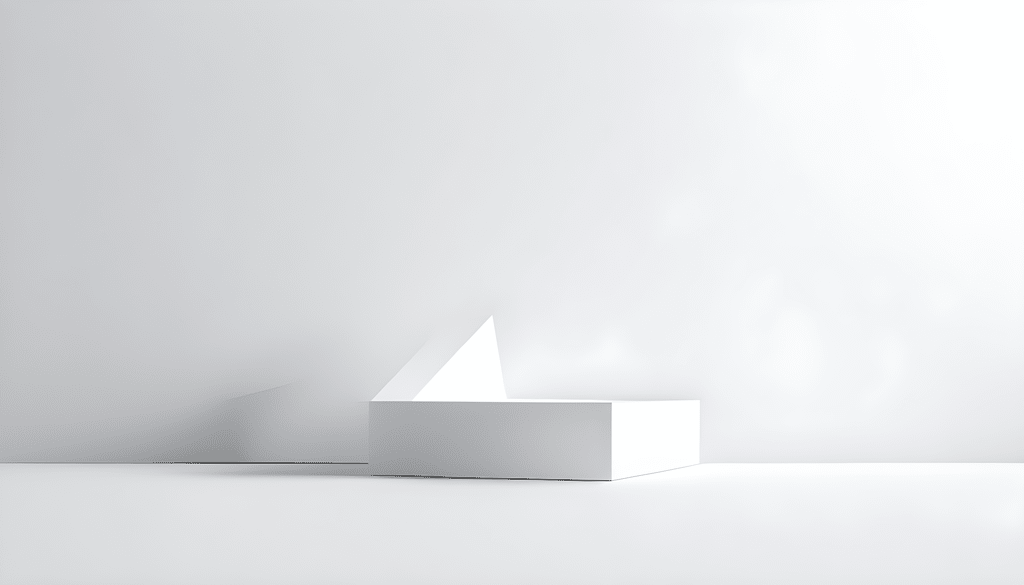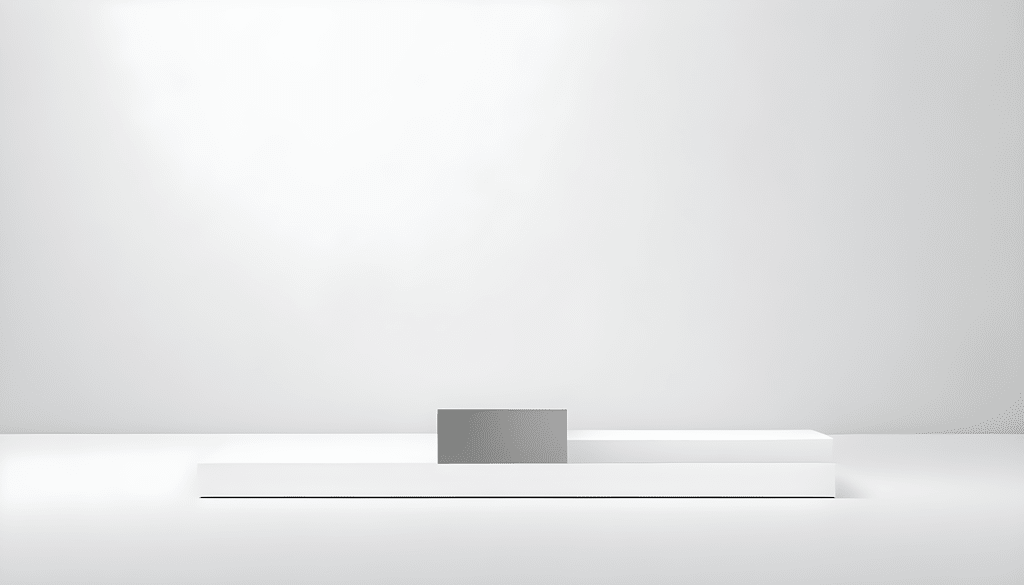The idea of simplicity in design has grown in acceptance over the past few years. Many people have embraced the minimalist approach as a way to create simple, elegant designs in a variety of fields, including graphic design and interior design. But does minimalist design actually work well? Let’s take a closer look at this subject.
What is Minimalism in Design?

In design, minimalism is a style that prioritizes clarity and getting rid of extraneous details. It is distinguished by open areas, simple lines, and an emphasis on functionality. Minimalism in graphic design typically calls for the use of straightforward designs, constrained color schemes, and lots of white space. Minimalism in interior design is about clearing out clutter and creating a calm, uncluttered environment.
The Advantages of Minimalism in Design:
- Clarity and Focus: The message of minimalist designs is frequently both clear and concentrated. The primary message or intent of the design is made visible by removing superfluous features.
- Timeless Appeal: Designs with a minimalist aesthetic have a timeless appeal that never goes out of style. Minimalist designs can last for many years by eschewing fads and trends.
- Improved User Experience: Minimalism in online and app design can result in an improved user experience. Users can explore and interact with the design more readily if extraneous items and distractions are removed.
- Sustainability: Less waste and a lesser environmental impact are common outcomes of minimalist design. Long-term sustainability in minimalist design can be achieved by utilizing fewer materials and resources.
The Challenges of Minimalism in Design:
- Lack of Visual attraction: According to some critics, minimalist designs may be devoid of personality and visual attraction. Minimalist designs run the risk of seeming boring or uninteresting if they don’t make use of vivid colors or detailed elements.
- Misinterpretation: Sometimes people misread or misunderstand minimalist designs because of their simplicity. Minimalist designs may fall short of their intended message or goal if there is a lack of clear communication.
- Execution Difficulty: Producing a successful minimalist design is not always easy. It calls for close attention to detail and a thorough comprehension of minimalism’s tenets.
The Role of Minimalism in Different Design Fields:
- Graphic Design: Minimalism can be applied to graphic design to produce visually arresting and memorable images. Minimalist designs can stand out in a busy visual world by concentrating on key components.
- Interior Design: A sense of peace and tranquility can be achieved through minimalist interior design. Minimalist interiors can feel airy and welcoming by clearing out extraneous items and clutter.
- Web design: Using less is more visually appealing and can result in quicker load times. Minimalist web designs can improve the user experience by simplifying the user interface.
In conclusion, is design simplicity a good idea?
It’s not a straightforward yes or no. Although minimalism has benefits, there are drawbacks as well. In the end, the context, the message, and the target audience determine how effective minimalism is in design. When applied intelligently and deliberately, minimalism can be a very effective technique for producing stunning and memorable designs. The secret, like with any design strategy, is to find the ideal balance and take each project’s particular requirements into account.
Also read: How do you style a minimalist house?
